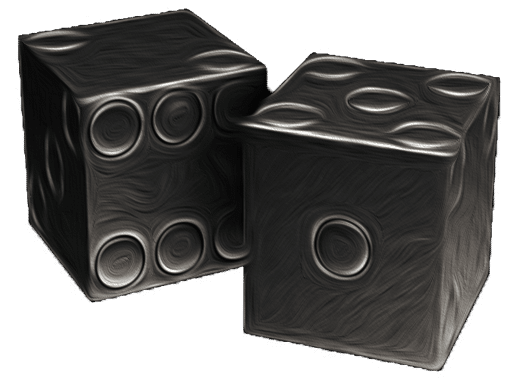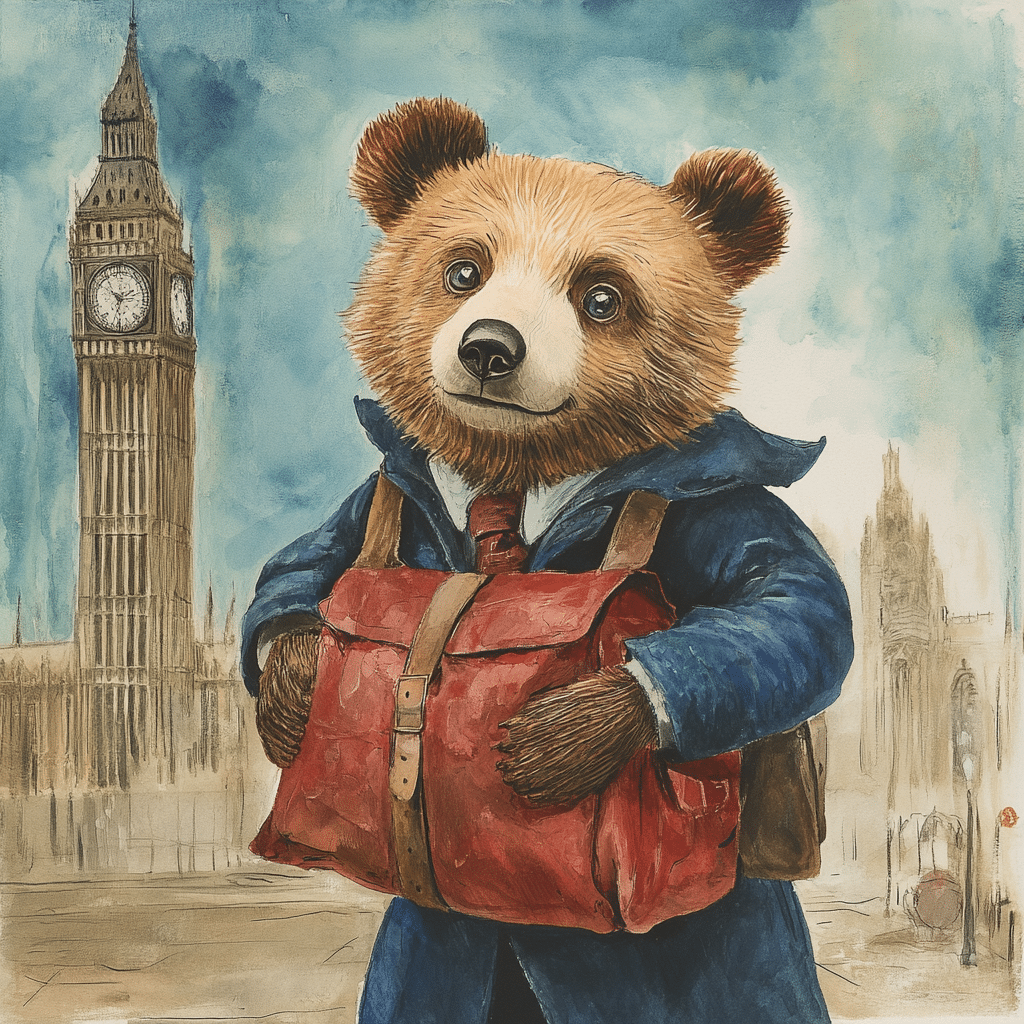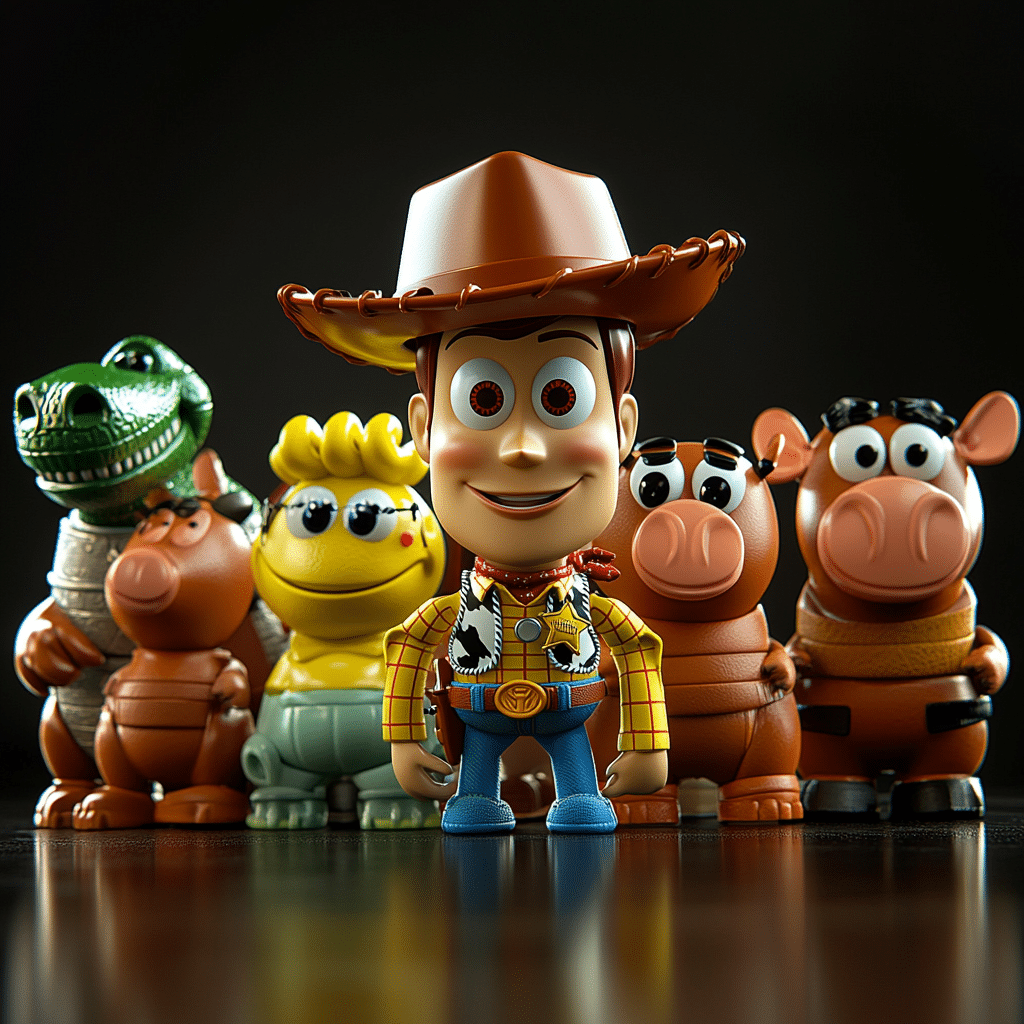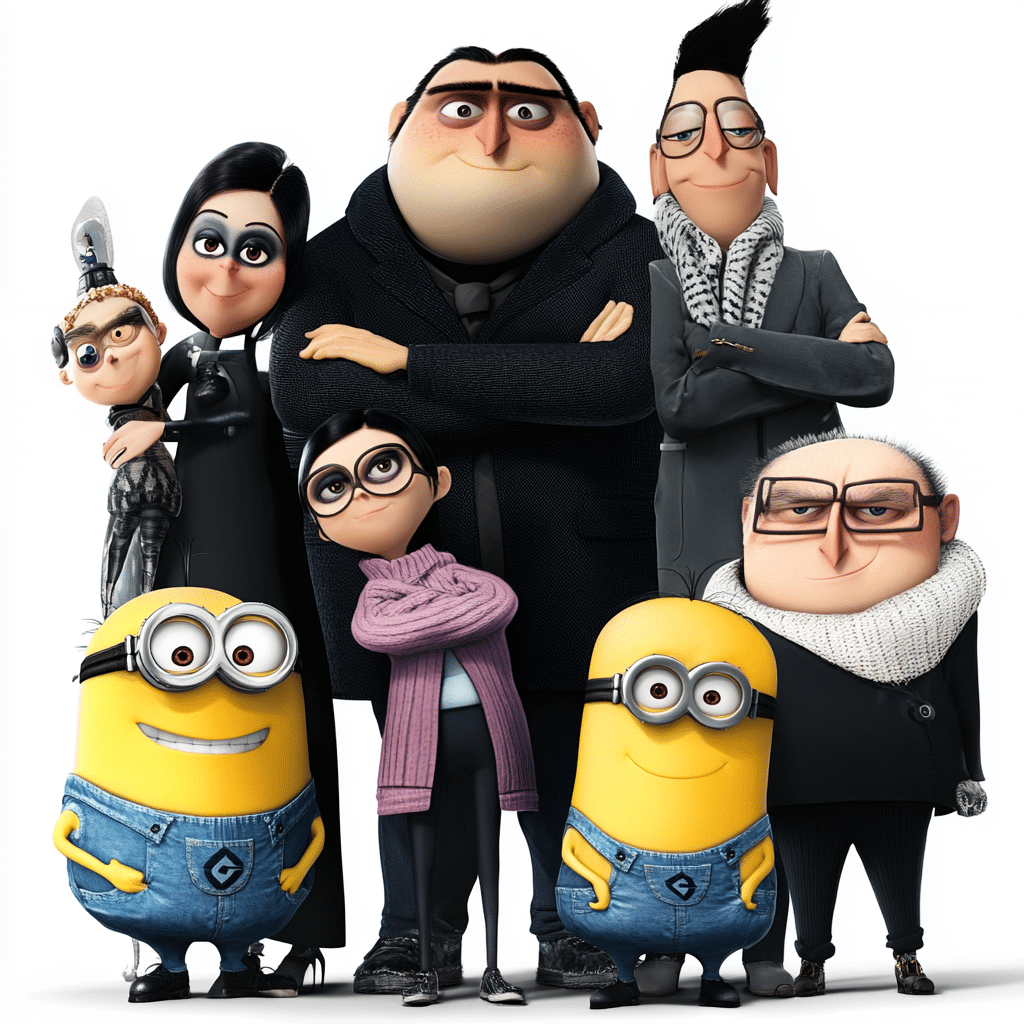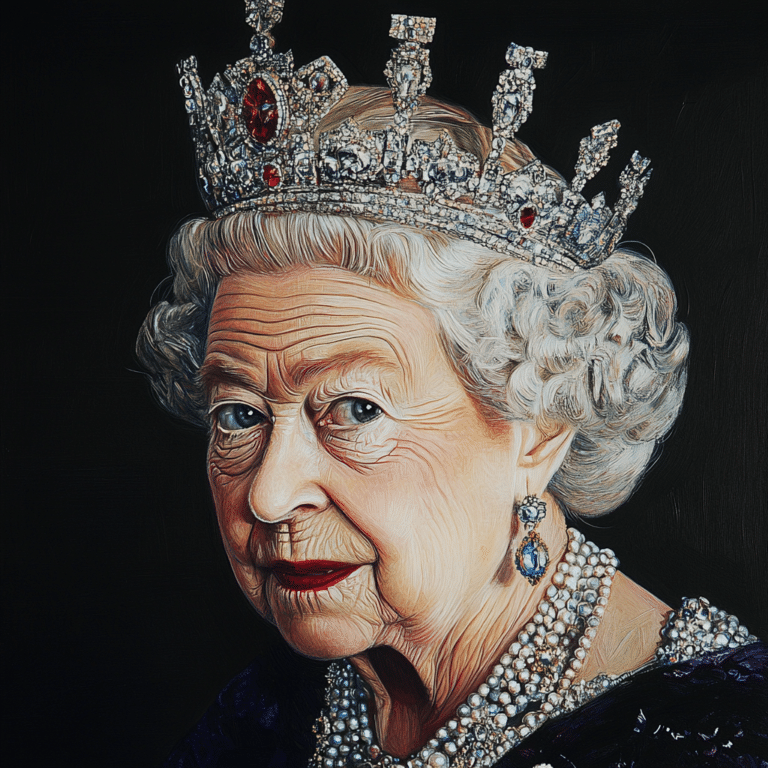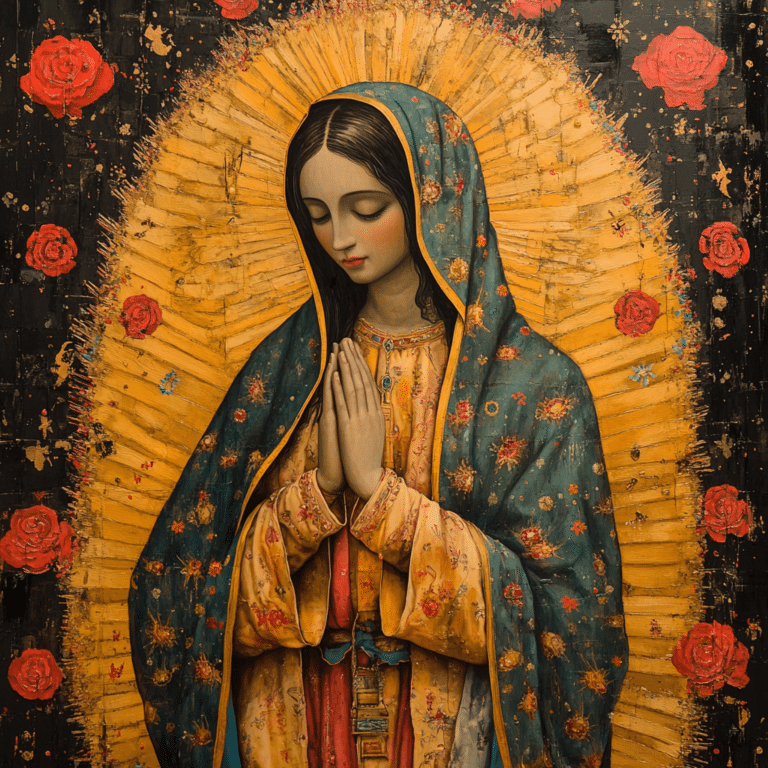When it comes to horror, few names evoke more chills than Junji Ito. Known for his spine-tingling stories and disturbing artwork, this master of horror manga has a way of pulling readers into a world where nightmares flourish and deep-seated fears creep to the surface. His tales leave an indelible mark, not just on the genre of manga but on our understanding of horror itself. Ito’s works dive into the macabre with an uncanny knack for turning ordinary life into a horrifying spectacle. So, grab a comfy blanket (or maybe not, you might not want to feel too cozy!), and let’s explore the dark depths of Junji Ito’s creative universe.
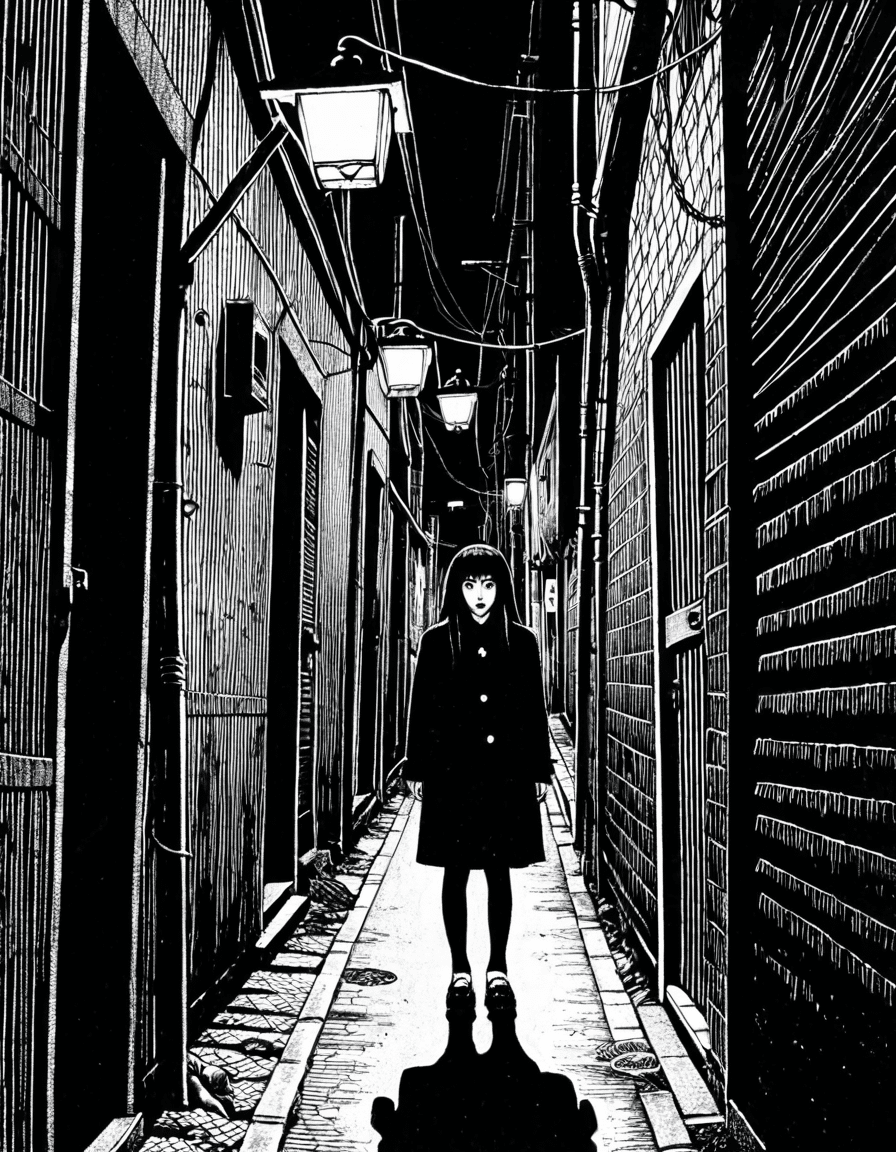
Top 7 Horrifying Themes in Junji Ito’s Works
Junji Ito isn’t just a storyteller; he’s a master craftsman crafting fear from the fabric of reality itself. His recurring themes resonate deeply with our darkest anxieties and illuminates the terror lurking just beneath the surface. Let’s unravel the top seven themes that pop up in his works.
1. Body Horror and Transformation
Body horror is one of Ito’s signature themes, and boy, does he know how to push our buttons! In Tomie, for instance, the titular character’s miraculous ability to regenerate after her demise turns obsession into a nightmarish cycle. Just imagine desperately wanting someone, only to realize they never really leave. In Souichi’s Diary of Curses, we see grotesque transformations that force viewers to question their very existence. These stories explore our fears surrounding identity and what we may become; after all, you can’t always control how corpses make you feel, right?
2. Isolation and Despair
Ah, isolation—the perfect recipe for despair. Much like the heroic plight of Ashitaka in Princess Mononoke, Junji Ito’s characters often face terrifying adversities when left to fend for themselves. In Gyo, a group of people finds themselves isolated from society while battling monstrous sea creatures. This setup isn’t just about monsters; it’s like a metaphor for confronting your inner demons when everyone else is gone. The isolation felt in these stories mirrors the emotional struggles we all face, whether it’s loneliness or fear of the unknown.
3. The Absurdity of Everyday Life
Who knew the mundane could get so freaky? Junji Ito masterfully blends the everyday with horror, transforming the familiar into the unsettling. Think about Uzumaki, where spirals become both a fascination and a terrifying obsession. With an approach reminiscent of humor from Akira Toriyama, but way darker, Ito forces readers to confront the grotesque realities of life. His take shows that there’s horror lurking in the shadows of our daily lives. Perhaps that looming deadline or unwashed dish isn’t so innocent after all!
4. The Uncanny and the Unknown
Ito’s narratives ooze with the sense of the uncanny. The unknown has a mysterious way of dragging readers down into the abyss of their own fears. In The Enigma of Amigara Fault, people oddly find holes that perfectly fit their bodies—an eerie allegory for how we often seek identity in the most bizarre places. With every twist, Junji Ito urges you to question what horrors lie just outside the bubble of normalcy. It’s the kind of short circuit that’ll make you wonder if standing in an unmarked doorway is such a good idea after all.
5. Dysfunctional Relationships
The dynamics of dysfunctional relationships are palpable in Ito’s stories. In some ways, he shows us that love can be a source of true horror. The complicated relationship between siblings in Tomie reflects this idea — obsession leading to destruction. They’re not just family, but tortured souls trapped in an emotional minefield. It’s like watching a tragic episode of the Dawson’s Creek cast where not everything’s peachy; instead, sometimes it’s downright terrifying!
6. Nature’s Malevolence
Nature plays a significant role in many of Junji Ito’s stories, often representing unexpected malevolence. In Souichi’s Diary of Curses, natural elements turn against humanity just as truly terrifying forces haunt Ashitaka. Here, Ito reminds us that sometimes Mother Nature isn’t the nurturing figure we paint her to be. With environmental themes, he holds a creepy mirror up to society’s impact on the natural world, making us wonder about the consequences of our actions in a world that’s oh-so-brittle.
7. The Nature of Fear
Junji Ito dives deep into the nature of fear itself. The spirals of despair in his characters often echo the anxiety many face in our chaotic world. Were you ever scared of the dark as a kid? Ito amplifies this fear, revealing how our internal struggles mirror external terrors. It’s as if he’s inviting us to peek into the depths of our psyches to confront the scariest parts of ourselves. After all, who needs horror movies when your mind does all the heavy lifting?
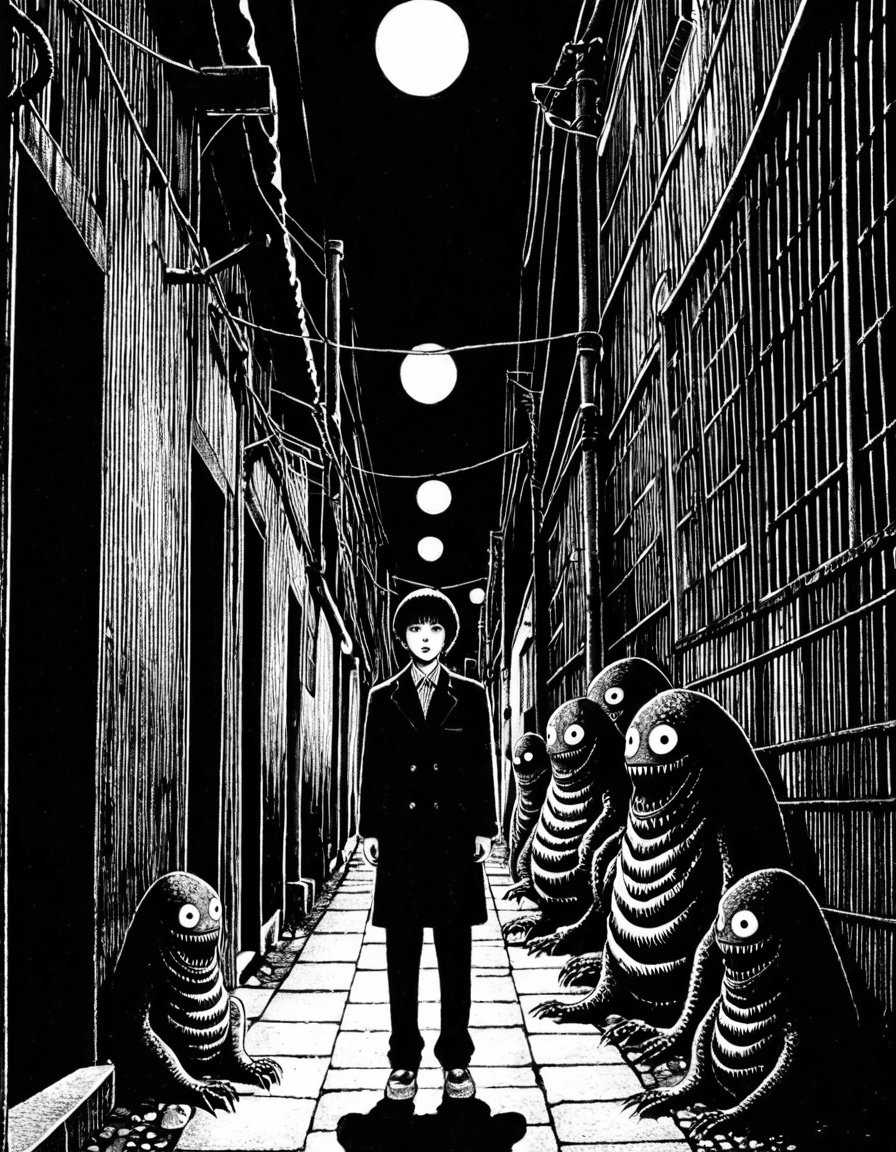
Legacy and Influence of Junji Ito in Modern Horror
The influence of Junji Ito stretches beyond the pages of manga, seeping into varied media like a chilling fog. Filmmakers, writers, and even anime creators grapple with the horror he presents—much like how filmmakers draw inspiration from the striking visuals of Slumberland. His ability to transform mundane life into something phantasmagoria has inspired many contemporary horror creators. Just look at the recent adaptations of his work that embrace both grotesque narratives and psychological depth.
Ito’s flair for blending humor with terror has also seeped into the fabric of shonen anime like Demon Slayer, where characters like Tanjiro and Mitsuri engage not just in battles with demons but wrestle with their own fears and pasts. It’s these intricate layers that highlight the human condition, making his influence felt in more ways than one. Additionally, Ito’s collaboration with figures like Hitomi Tanaka takes horror to new emotional depths, revealing the complexities of fear interwoven with desire.
As we sail through 2026, Junji Ito stands tall, a luminary illuminating dark corners of the human psyche. His ability to manifest our worries and anxieties into artful horror remains relevant, paving the way for a fresh wave of storytellers. With every tale, he reminds us that the scariest monsters sometimes lurk within. So next time you’re pulling an all-nighter, bingeing horror stories, remember—those shadows on your wall might be more than just shadows.
Nightmares or not, there’s no denying that Junji Ito brings a special kind of terror to our lives. So, keep that blanket close and don’t forget to check under your bed—you never know what’s lurking down there!
Junji Ito: The Master of Horror Manga Bringing Nightmares to Life
A Glimpse into Junji Ito’s World
Did you know that Junji Ito’s fascination with horror began in his childhood? Growing up in a world consumed by Japanese folklore and urban legends, he found inspiration in the eerie tales that danced through his culture. This thirst for the strange eventually led him to create haunting narratives that resonate with a global audience. Fun fact: his name often pops up in discussions of horror across various mediums, from comic adaptations to film and even cosplay conventions! Just take a look at how fans delve into his chilling stories, akin to the intense drama of the Dawson’s Creek cast navigating their lives.
The Creative Journey
Ito’s work isn’t just about fear; it’s also an exploration of human psychology. He plays with the concept of beauty intertwined with horror, which is strikingly evident in his masterpieces like “Uzumaki” and “Tomie.” Interestingly, Karen Fukuhara voiced a character inspired by one of his themes in recent adaptations, underscoring how his influence stretches beyond manga into broader entertainment circles. And speaking of crossovers, how about comparing his surreal storytelling to the artistry of shooting on 35 mm film? Both require a refined eye for detail and a solid understanding of visual impact.
Honorary Mentions and Influences
Junji Ito’s uncanny ability to evoke emotion and connect deeply with his audience has earned him accolades from many quarters, including recognition from celebrated actors like Gina Mckee, who once mentioned the profound influence horror writers have on the cinematic landscape. Additionally, fans gather at pop-up events across towns like those near White Marsh Restaurants where they engage in discussions about the chilling symbolism in Ito’s stories. From hotels to airports, such as the Aeropuerto Internacional de Toluca his legacy finds new life in diverse settings, further planting the seeds of his nightmare-inducing creativity.
Junji Ito’s work continues to weave its way into the fabric of horror culture, offering an invitation for readers and viewers alike to explore their darkest fears. His gripping narratives promise that each turn of the page or flick of the screen propels you deeper into a nightmarish adventure. And that’s what keeps fans coming back for more!

